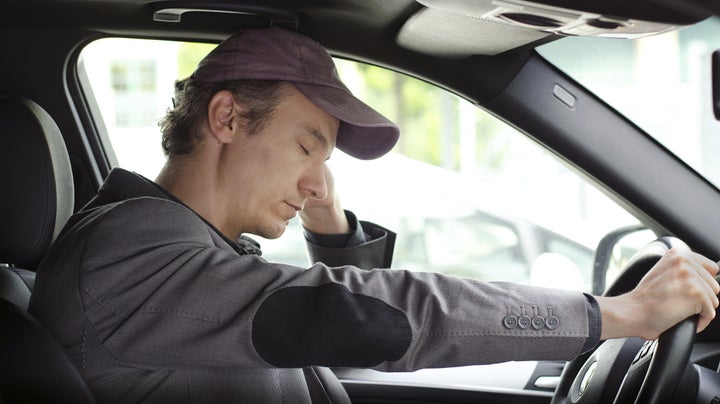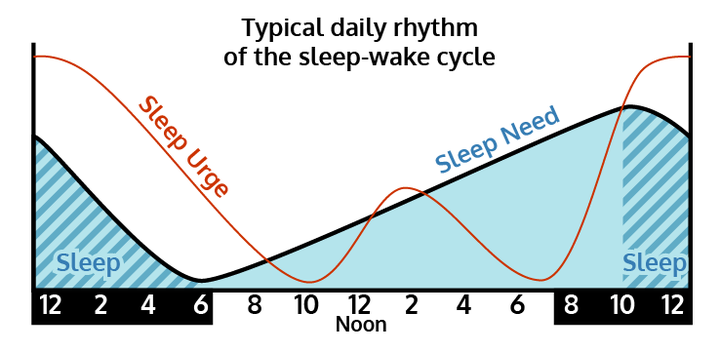
Many cultures recognize the "afternoon slump" as part of human biology. It's the point of the day after lunch when people either take -- or really want to take -- a siesta.
But there may be another reason to pay attention to your body's afternoon fatigue. Driving in the middle of the afternoon is dangerous for one big reason: The period between 2:00 p.m. and 4:00 p.m. is the most likely time to fall into a "microsleep," according to the British sleep researcher Jim Horne, who has studied driver fatigue for over 10 years.
Microsleep is an involuntary period of light sleep lasting up to 10 seconds, from which people usually wake up with a sudden jerk. These episodes are typically caused by extreme fatigue, like a bout of insomnia the previous night. They are extremely dangerous for drivers because you can travel the length of a football field while dozing for just a few seconds if you're going at 65 mph.
This means that sleepy driving isn't just a problem for long-haul truckers and night-shift workers. This phenomenon affects nearly everyone who drives, from stay-at-home parents to desk workers to teenagers and senior citizens.
"We were designed to have two sleeps a day: a long one at night and a short one in the afternoon," Horne told the Huffington Post. "That's why a bad night’s sleep will really hit you in the early afternoon."
Horne says this period is wrongly called the "post-lunch dip" and associated with blood sugar levels, but he insists that it has nothing to do with lunch.

"In the U.K., accordingly, we tend to have a surge in collisions in the afternoon," Horne said. "It's likely the same in most countries, although we don't have enough data on the topic yet."
This is especially troubling because so many drivers are active at precisely this time of day: picking kids up at school, running errands, leaving work early, and so on.
One recent study from Liberty Mutual Insurance found that 28 percent of Americans admit they've fallen asleep while driving at least once in the past year.
So what should happen if someone is getting drowsy but needs to get behind the wheel?
Horne's prescription is stark: “They shouldn’t drive. Period.”
He recommends a "caffeine nap" as a good counter-measure. This means drinking a cup of coffee, taking a 20-minute nap while the coffee takes effect, and then waking up doubly refreshed.
But this shouldn't be a daily occurrence. "Really," said Horne, "if you’re sleepy, it’s your responsibility to stay off the road."